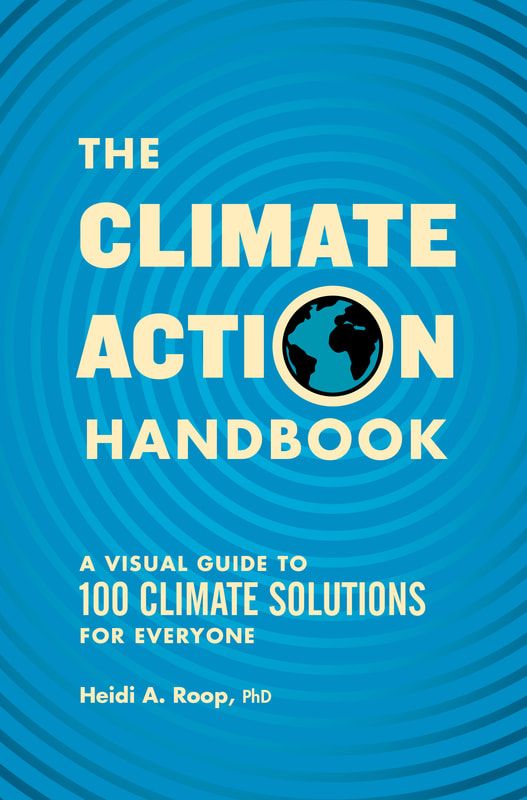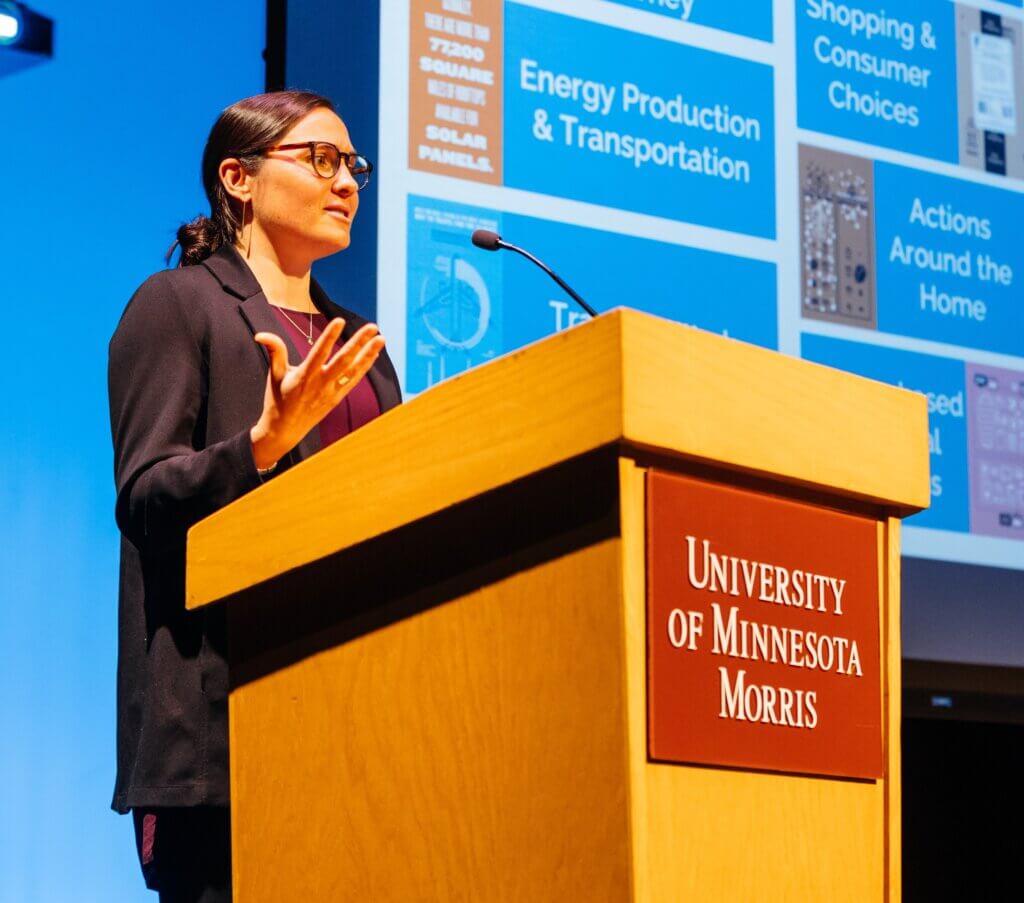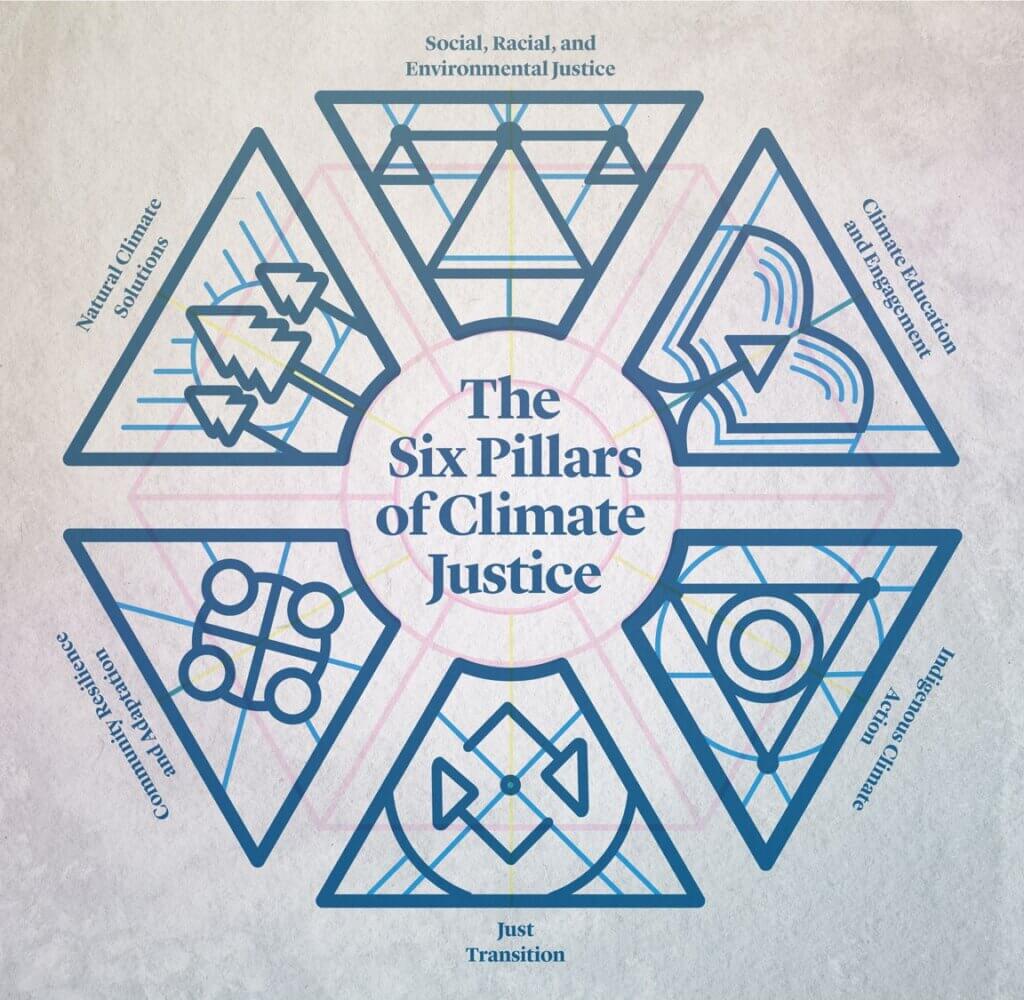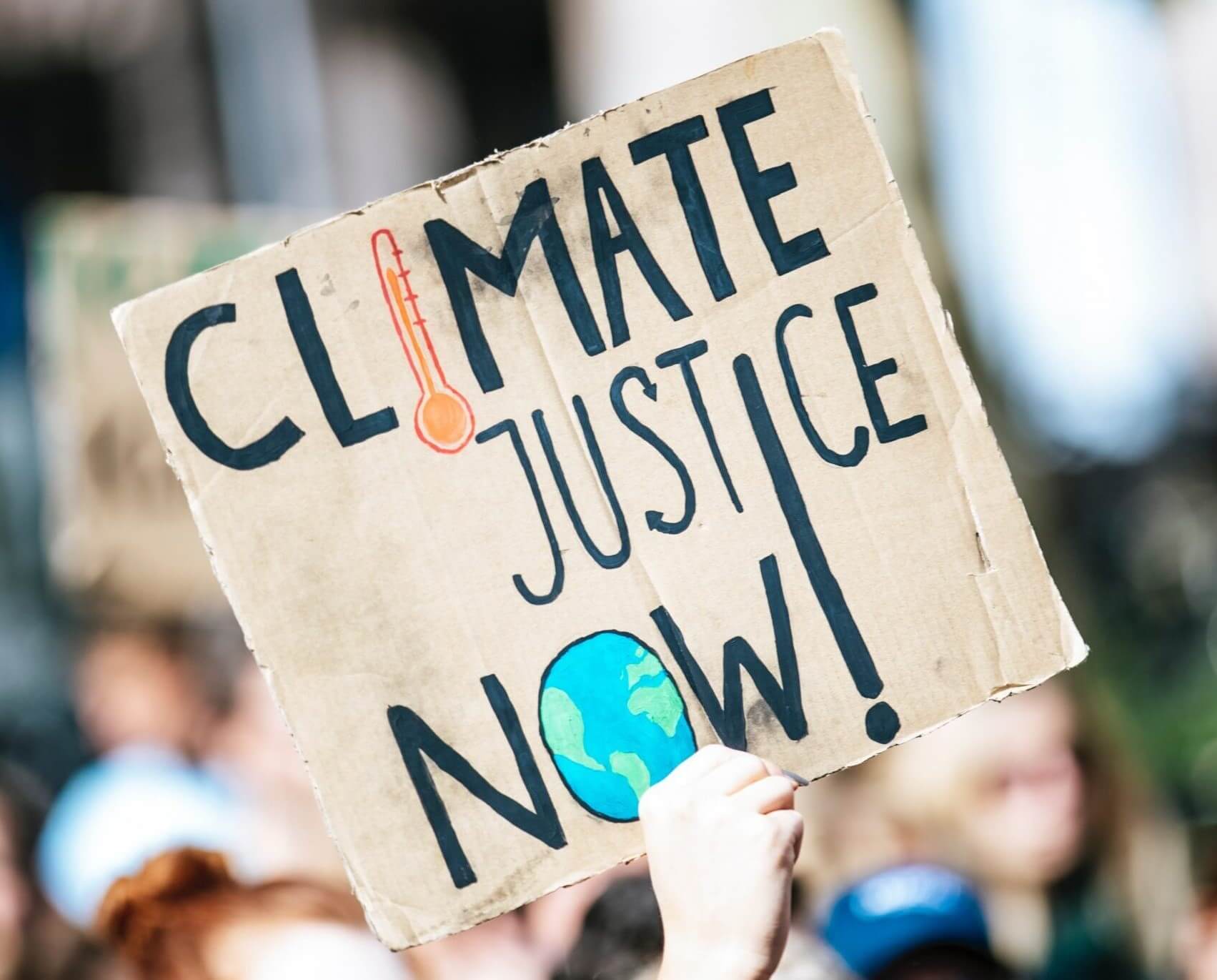Climate Justice is a movement recognizing the disproportionate impacts of climate change. Often times, those who bear the burden of the negative effects of climate change are the people least responsible for them.
Climate change impacts everyone differently. We in west central Minnesota don’t experience the effects of the rising sea level the same way a Floridan does. But the impacts of climate change extend beyond geographic disparities to include demographic inequities. Recognizing climate justice as a civil rights issue is critical in addressing these disparities.

In January, we as a nation reflect on Martin Luther King Jr.’s legacy and impact on the civil rights movement. Let’s extend our thinking to climate justice, the intersection of social and environmental justice.
What is Climate Justice?
Climate change is inherently a social issue; we should become familiar with the concept of climate justice. In her book, The Climate Action Handbook: A Visual Guide to 100 Climate Solutions for Everyone, Dr. Heidi Roop, Director of the University of Minnesota Climate Adaptation Partnership and an Assistant Professor of Climate Science and Extension Specialist at the University of Minnesota, explains that:
“Historical inequities, systemic racism, colonialism, and divestment mean that historically marginalized communities are often already experiencing the negative impacts of climate change and face greater risks than other communities and individuals.”
Advocates for the climate justice movement stress the importance of addressing inequities to fully adapt and mitigate the changing climate and seeing climate work intersecting with social movements.
The Unequal Burden
An example of a disparity in the effects of climate change comes from The American Lung Association and the NAACP. According to a study in 2016, the burden of air pollution is not equally shared. People with lower socioeconomic position and some racial and ethnic groups are among those who face higher exposure to pollutants and may experience greater responses to such pollution.

Other studies have explored the differences in harm from air pollution among racial groups and people who are in a low socioeconomic position, have less education, or live nearer to major sources of pollution. Often, those who live closest to a source of air pollution, and therefore live with a higher risk of being exposed to pollutants, have a lower socioeconomic position than those who live at a safer distance.
A Person-Centered Approach
When looking at climate action, we must ensure representation, inclusion, and protection of the rights of those who are most vulnerable to climate change. UNICEF provides some examples of what young people need in terms of climate justice:
- Capacity and skills building: Supporting skills development and addressing structural constraints are key to empowering children and youth to claim their seat at the table.
- Financing: Consistent and reliable financing for operation and programmatic expenses are instrumental for allowing young climate activists to achieve their vision.
- Partnerships: Non-monetary forms of support are equally important for helping climate justice action to flourish.
Strategies should promote equity and assure access to basic resources, ensuring that everyone can live, learn, and work in healthy, clean environments.
ADAPT-ing
Dr. Jalonne White-Newsome is the White House’s Director of Environmental Justice. She writes that in a 2021 carbon brief, that “each of use—in whatever role we play—has the power to achieve climate and environmental justice by ADAPT-ing:

Acknowledging the harm
Demanding accountability
Addressing racism, power, and privilege
Prioritizing Equity
Transforming systems
ADAPT-ing serves as an outline for creating climate projects that will hopefully avoid the inequities within established systems.
The Next Steps
Climate justice is a huge topic, and it requires more than just a blog post to fully explain. I invite you to check out the University of California’s Center for Climate Justice to continue to learn about the Six Pillars of Climate Justice: 1) Just Transition 2) Social, Racial, and Environmental Justice, 3) Indigenous Climate Action, 4) Community Resilience and Adaptation, 5) Natural Climate Solutions, and 6) Climate Education and Engagement.
To be invested in effective climate work, we should also be invested in effective social justice work. Climate justice is essential if we are to ensure a sustainable future for everyone. When discussing climate action, we must have a seat for everyone at the table.
About the Author

Brogan Ludwig is the ACC AmeriCorps member for West Central Initiative. His year of service includes working on the Climate Action Newsletter and Climate Action outreach. Brogan graduated from Concordia College in May 2023. He lives outside his hometown, Hawley.
